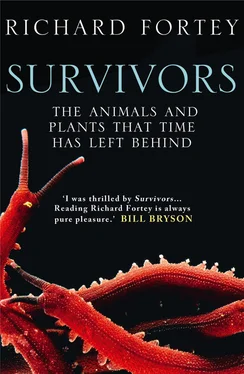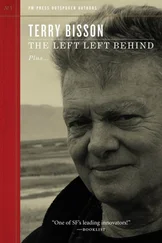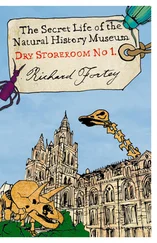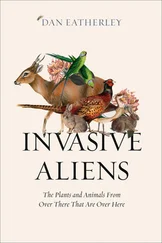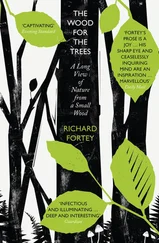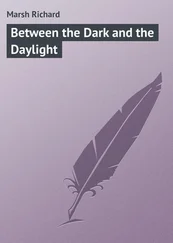Lynn Margulis may be the most luminous name of all those scientists associated with Barghoorn. She espoused and championed an idea that has transformed our way of understanding the history of life. There is a lot of hype in science nowadays, the more so since big claims often result in further research funding. I have never heard anybody announce ‘a minor discovery’ or ‘a modest advance’. I have also become allergic to the media’s phrase ‘the textbooks will have to be rewritten’ since it conjures up an inaccurate vision of textbooks being hurled with a curse into the waste paper basket on a regular basis. Textbooks are rewritten, but most scientific discoveries are passed from one edition to another, since science generally works by piling bricks of knowledge one on another to make a solid edifice. It is very unusual to scrap a whole chapter and start again. However, this does happen on occasion, and one such occasion was when it was claimed that eukaryote cells originated by a kind of piracy. The vital organelles within eukaryotic cells – things like mitochondria and chloroplasts – were originally free-living prokaryotes. The more complex cell was a result of a hijack, whereby former free-living bacteria were summarily tucked away inside the swag bag of a bigger descendant cell. Unlike the human hijack, though, all parties benefited: the scientific term is symbiosis. The formerly ‘free’ bacteria proliferated in their new habitat, sequestered away from harm. The newly enhanced cells took advantage of the novel vital functions tucked away inside them. For example, in plants the captured chloroplasts concentrated photosynthesis into special sites within the safety of a eukaryotic cell. Plants could now prosper using the energy of the sun. By contrast, mitochondria localise the ‘furnaces’ providing the chemical energy for life, which is essential for organisms to feed and grow. Malfunctions in these organelles are usually lethal, so deeply are they embedded in the ‘works’. Variegated varieties of garden plants can have white patches lacking chloroplasts, but such varieties are selected by gardeners for their appearance, not by nature for efficiency. Such an origin for complex cells is called the ‘endosymbiont theory’ – ‘endo’ meaning ‘inside’ symbiosis. Complex cells arose by incorporation of simpler ones, for mutual benefit. It altered our understanding of life’s early history to such an extent that not only had the textbooks to be rewritten, but there also had to be new books to replace the old ones in their entirety. The theory was triumphantly vindicated when the DNA of chloroplasts was investigated and found to be similar to that of free-living photosynthesising prokaryotes. The organelles tucked inside complex cells were, indeed, closely related to free-living, simple prokaryotes. This is the kind of confirmation that most of us can only dream about. It was almost as good as getting into a time machine and travelling back to the Precambrian. The phrase ‘endosymbiotic events’ was soon incorporated into foundation biology classes. Like all science, the story has got much more complicated since the initial insight, as more and more acts of cellular piracy have been detected, but all the complications serve to reveal yet more events deep in geological time.
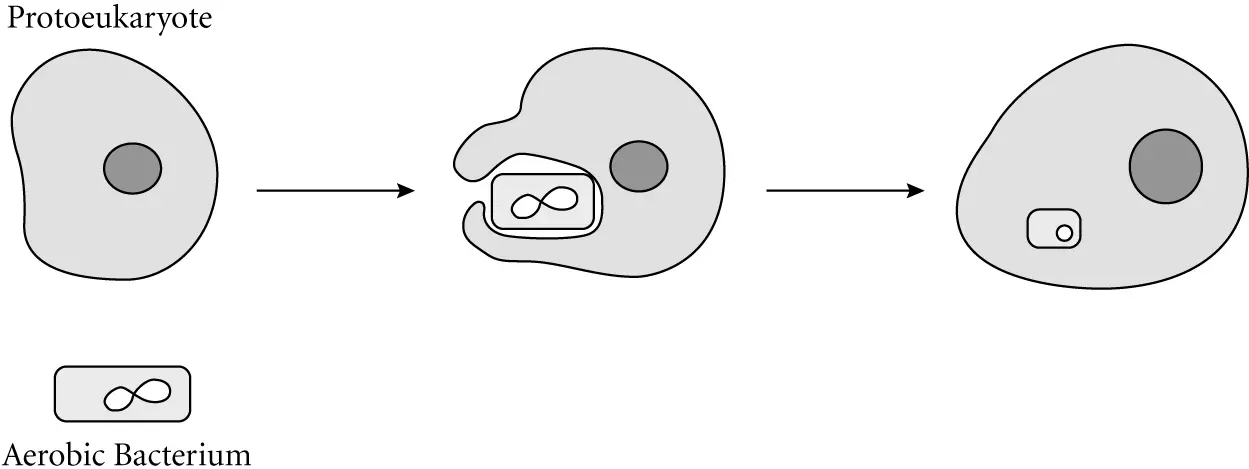
6. Endosymbiotic/endosymbiont theory: a complex cell ‘in the making’ engulfs a formerly free-living prokaryote, which is then retained as a symbiont rather than being digested. This process happened several times, thereby introducing many more possibilities for life.
I should mention that none of these distinguished scientists conforms to the common preconceptions of the ‘geeky’ white-coated specialist. Bill Schopf is a bon viveur and raconteur, with a very persuasive laugh, and a relentless drive for discovery. Andrew Knoll is the kind of American who makes most of us poor Europeans feel as if we were only given half a ration of energy at birth. He has projects spanning most of the world, and a stable of exceptional students to take the work forward. He manages everything with a kind of urbane good humour and insouciance that defuses any possible resentment at his omniscience. Lynn Margulis is unique. I know of no other professor who would, or indeed could, quote the poet Emily Dickinson at length in a supermarket. As a long-term maverick she is always on the look out for ideas that will provoke and encourage new ideas (and completely undeterred that some of them may well prove to be wrong). Her dress style is equally distinctive, featuring embroidered waistcoats and pleated skirts, as if she were about to take part in a folk festival. She has an intuitive grasp of the important collaborations that makes the world work; not just the ubiquitous and versatile bacteria, but also chemistry, and geology, and politics.
This account of the geological importance of stromatolites and their discoverers has entailed a distraction from the little bubbles that provide the nub of this chapter. Recall the tiny gas beads rising from the top of the stromatolite in its tank, arising from a living biofilm breathing out oxygen. Now combine that scene with the picture I have attempted to paint of the fledgling earth in the Archaean and Proterozoic, where shallow seas and lagoons were covered with stromatolites, some of them gargantuan by recent standards. Imagine thousands and thousands of dimpled miles, exhaling oxygen by day in a thousand billion tiny bubbles, stimulated by the primeval sunshine. Even the slimy surface of the threads had a part to play in mitigating the effects of harmful ultra-violet radiation; we should all be grateful to slime. Now imagine this process continuing for billions of years, six times longer than the history of the velvet worm. The effect was to change the atmosphere, bubble by bubble. The early earth had little or no free oxygen; the ‘blue greens’ changed the air itself. Animals need to breathe oxygen to power their life functions. They could not exist before the slow, relentless preparation of the atmosphere effected by lowlier organisms on the tree of life: no gills, no lungs, no blood blue or red. If some malevolent God were instantly to reverse the work of the stromatolites we should all be gasping on the ground like beached trout within minutes. So we are, in a sense, the children of the sticky mounds.
Конец ознакомительного фрагмента.
Текст предоставлен ООО «ЛитРес».
Прочитайте эту книгу целиком, купив полную легальную версию на ЛитРес.
Безопасно оплатить книгу можно банковской картой Visa, MasterCard, Maestro, со счета мобильного телефона, с платежного терминала, в салоне МТС или Связной, через PayPal, WebMoney, Яндекс.Деньги, QIWI Кошелек, бонусными картами или другим удобным Вам способом.
